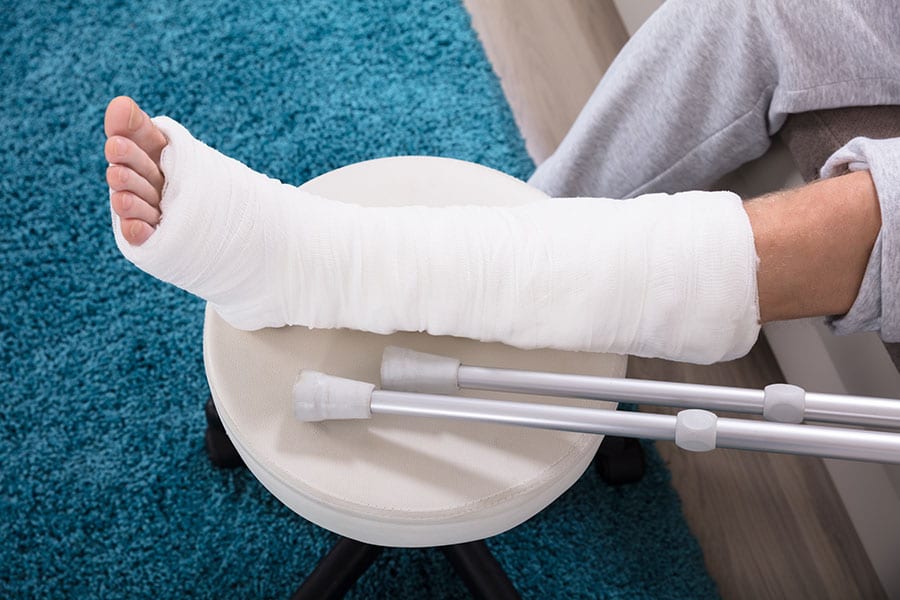By 2022 there will be one fracture every 2.9 minutes. That is 501 fractures per day and 3,521 fracture per week. (This compares to a fracture every 8.1 minutes in 2001 and a fracture every 5-6 minutes in 2007.)
Of these fractures, up to 46% will have another minimal trauma fracture (MTF) in the following two years, unless they are managed appropriately.
The RACGP is encouraging early and aggressive management of patients over 50 years of age who have endured a minimal trauma fracture. Click here to view the latest guidelines.
Management of MTFs should follow the principles of the three I’s.
Identify – know when your patients over the age of 50 endure a minimal trauma fracture.
It’s difficult for GPs to manage a patient when they don’t even know there has been a fracture. NCPHN is partnering with the Northern NSW Local Health District in a bid to improve this process. Craig Knox, the Fracture Liaison Coordinator at Lismore Base Hospital, will soon embark on a project to identify all MTFs that access local hospital services. He will provide brief screening and a letter to the patient’s GP highlighting the need for the next two I’s.
Investigate – Appropriate measuring of BMD along with screening bloods will help direct management. Also investigate other modifiable lifestyle factors that may impact on bone health, eg. high EtOH, smoking, low dietary calcium intake, low vitamin D, low osteogenic activity levels. Fractured vertebrae and necks of femurs are assumed osteoporotic and hence BMD is used to establish baseline measures, but not essential to commence treatment.
Initiate – a Bone Health Management Plan used to address lifestyle risk factor modification, along with pharmacotherapies where indicated (ie. t score < -1.5 as per RACGP guidelines).
Want to know more about identifying this cohort of patients? Contact Craig Knox, Fracture Liaison Coordinator at Lismore Base Hospital on (02) 6624 0378 or email: [email protected]



